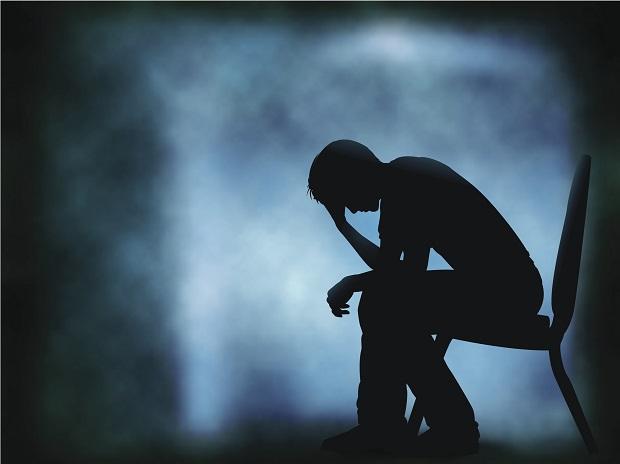Having a mental illness makes people more vulnerable to becoming the victims of a crime, a recent analysis suggests.
Based on nationwide data from more than 2 million people in Denmark, researchers found that in the 10 years following a diagnosis with any psychiatric disorder, a man’s risk of being the victim of a crime that was reported to police rose by 50 per cent. For women, the risk went up by 64 per cent compared to women without mental illnesses.
The greatest increased danger was from violent crime: men’s risk of being a victim rose by 76 per cent while women’s went up nearly three-fold, the study team reports in JAMA Psychiatry.
The strongest links between mental illness and crime victimisation were among people diagnosed with substance abuse disorders and personality disorders, the study team found.
“We hope that the study findings will highlight the importance of the risk of being subjected to crime and violence that people with mental illnesses right across the diagnostic spectrum face,” said lead author Kimberlie Dean, associate professor and chair of forensic mental health at the University of New South Wales in Matraville, Australia.
“We also hope it will motivate more research to improve our understanding of the risk and how to combat it and (help) towards re-balancing public perceptions about mental illness,” she told Reuters Health in an email. In the wake of recent mass shootings, the public perception has been that the perpetrators of these shootings have been people with mental illness, Dean said, and researchers hope to change that stereotype.
“This study confirms what we’ve known for a long time, which is that people with mental illness are more likely to be victims, not perpetrators of crime. Perpetrators choose victims who seem powerless and helpless,” said Dr. Renee Binder, a professor of psychiatry and director of the Psychiatry and the Law program at the University of California, San Francisco Medical School.
“I think the study rings true in the U.S., too,” Binder, who wasn’t involved in the research, said in a telephone interview.
Dean and her colleagues examined data on 2,058,083 individuals born in Denmark between 1965 and 1998. They searched Danish psychiatric registries, including hospital admissions and outpatient treatment, as well as a national police database that codes crimes into categories such as thefts, simple violence, threats, robberies and severe violence.
